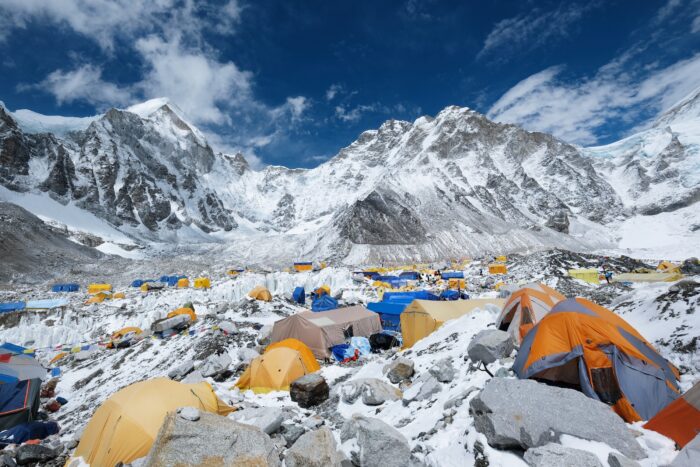Perplexed by the International Federation of Sport Climbing (IFSC)’s scoring system for World Cup climbing competitions? Here’s how to decrypt Boulder, Lead, and Speed stats and rankings.
For anyone unfamiliar with IFSC competition scoring, decoding the climber’s scorecards is like playing chess with your eyes closed. So, we put together an earnest attempt to simplify the IFSC’s scoring process, clarify any quirks in its rulebook, and break down competition jargon.
The IFSC holds World Cup events in three disciplines: bouldering, sport climbing or “lead,” and speed climbing. The rules and scoring that apply to World Cup competitors vary according to the discipline.
How can a lead climber score 45+ points? What’s the difference between speed climbing’s big and small finals? Find out below. We’ve divided this explainer into sections for Boulder, Lead, Speed, and Rankings, in that order.
For reference (if you want to dive into the gory details), here’s the 96-page IFSC rulebook in full.
Bouldering Scoring & Rules

In IFSC World Cup bouldering, climbers can score points without reaching the top of a problem. Competition takes place in a structure of three rounds.
There are two ways climbers can score points on a World Cup boulder problem:
- by climbing to the top (“TOP” scorecard notation) and securing the final hold without falling, or
- by climbing to a designated zone hold, which lies somewhere in the middle of the problem (“Z” scorecard notation).
For a top or zone to count, the climber must touch the hold with both hands in a controlled manner. Grazing or tapping the hold without controlling it does not count.
A qualifying round comes first, followed by a semifinal and final.
Qualifying rounds consist of five boulder problems, and competitors must attempt to climb each problem within a given time limit (usually 3-4 minutes per boulder). In that time, the objective is to climb to the top in as few attempts as possible. Reaching the top of a boulder on one’s first attempt (a flash) is the most desirable outcome.
Semifinal and final rounds feature four boulder problems, and competitors must attempt to climb each one within a span of 5 minutes. The number of climbers that make the semifinal depends on how many compete in qualifying. Usually, the top 20 advance. The final round showcases the top six.
Lead Climbing Scoring & Rules

Speed Scoring & Rules

Series Rankings

Ranking Boulder, Lead, and Speed Competitors

Combined Rankings: Boulder & Lead
Speed World Records












